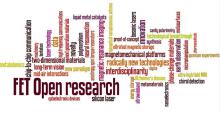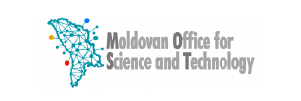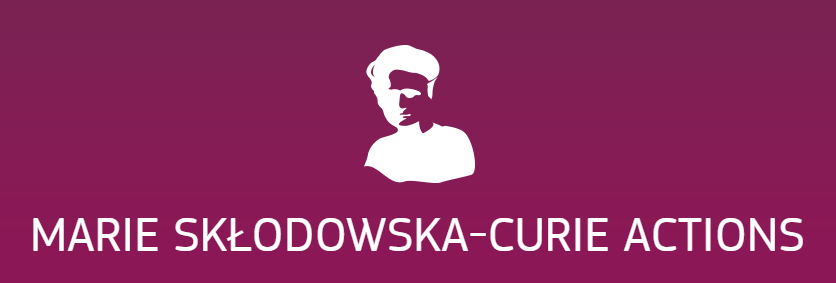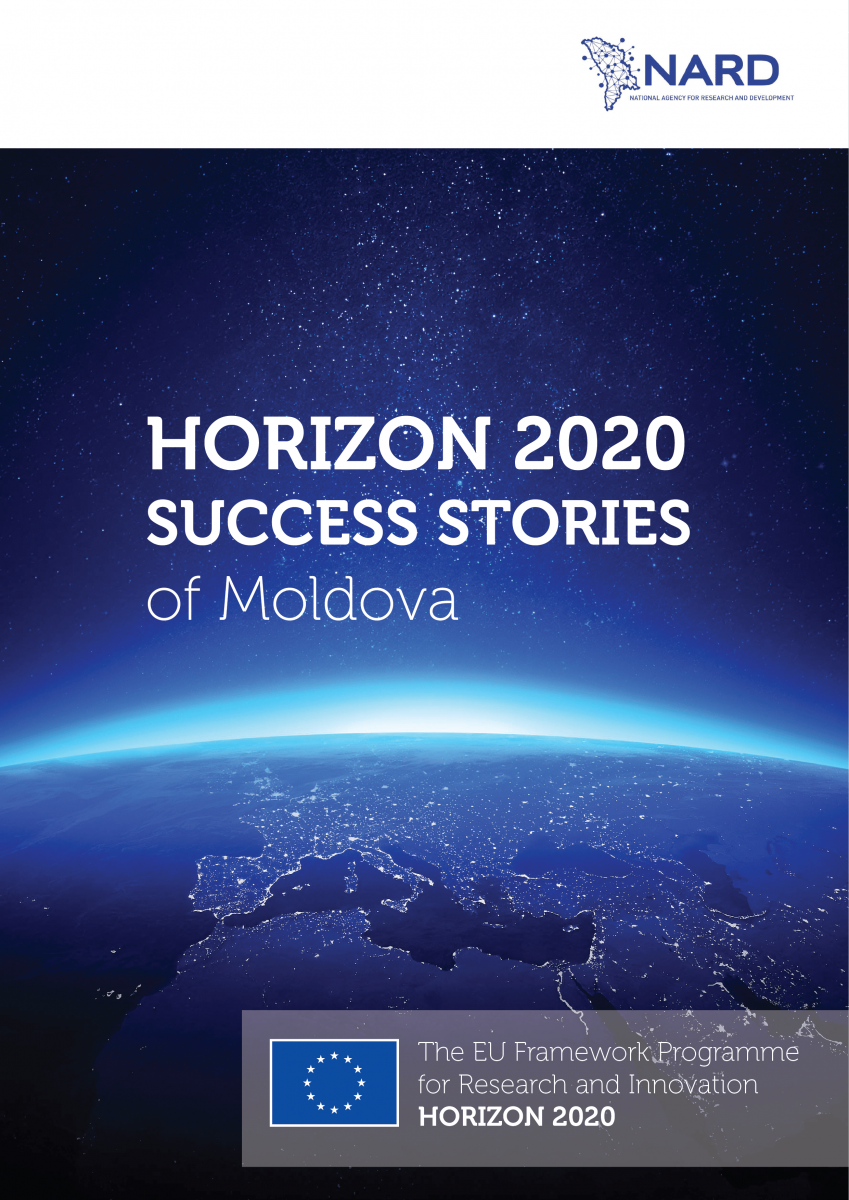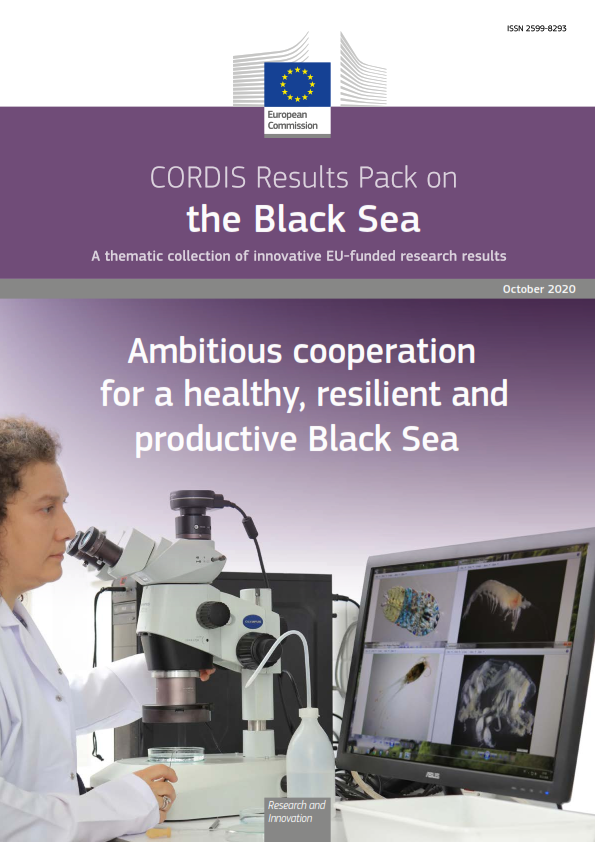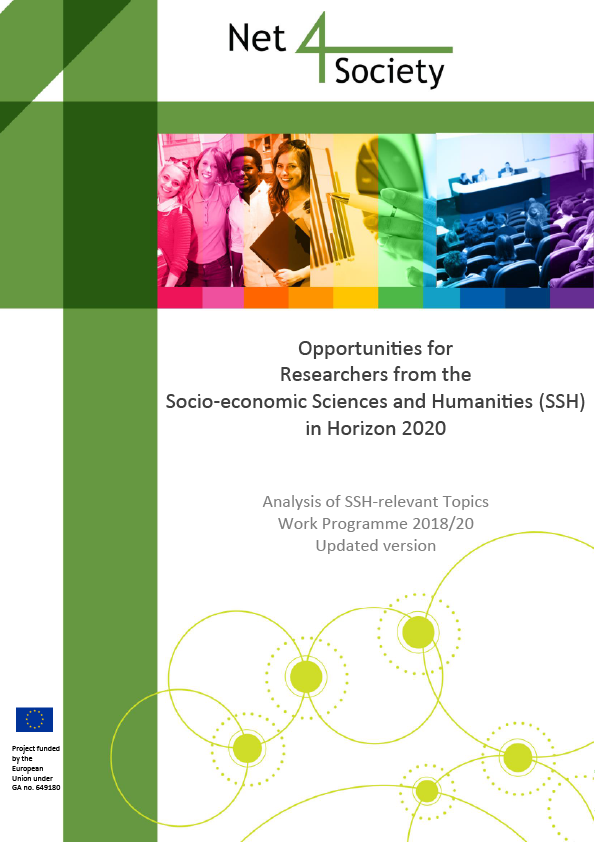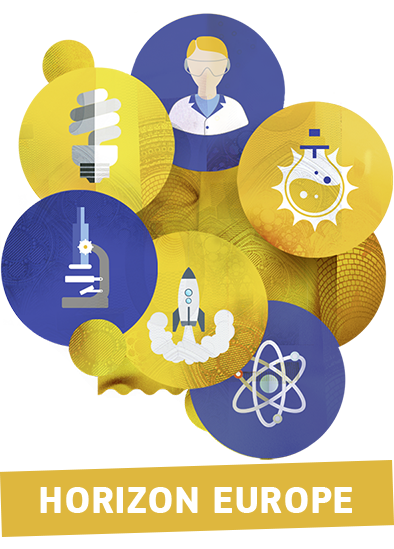he first cut-off for the 2016-17 FET Open call resulted in the submission of 554 eligible proposals, which have now been evaluated. Twenty-two proposals for Research and Innovation Actions and three proposals for Coordination and Support Actions have been invited for grant agreement preparation. Projects are expected to start by January 2017.
FET Open Research and Innovation Actions (RIA)
AMADEUS will investigate next generation materials and solid state devices for ultra-high temperature energy storage and conversion. Coordinator: Universidad Politécnica de Madrid, Spain.
ArrestAD proposes a prototype diagnostic kit for Alzheimer's disease early (decades before the disease onset) detection based on heparan sulfates accumulation in blood samples. Coordinator: Université Paris XII Val-de-Marne, France.
ByAxon focusses on the development of an active bypass that will enable neural reconnection directly at the spinal cord level. Coordinator: Fundación IMDEA Nanociencia, Spain.
DISCOVERER proposes radically new technologies for earth observation platforms at significantly lower altitudes than currently possible. Coordinator: University of Manchester, United Kingdom.
FEMTOTERABYTE intends to develop a new paradigm for ultra-dense and ultrafast magnetic storage: the spinoptical nanoplasmonic antenna operating at the nanometer length-scale. Coordinator: Göteborgs Universitet, Sweden.
HISTO-MRI aims at non-invasive visualization of individual human cells in vivo and in real time through high frequency pulsed magnetic resonance imaging. Coordinator: Agencia Estatal Consejo Superior de Investigaciones Científicas, Spain.
Levitate seeks to create a radically new human-computer interaction paradigm through levitation with localised tactile and audio feedback for mid-air interactions. Coordinator: University of Glasgow, United Kingdom.
LLR wants to improve lightning protection by building a novel lightening rod based on laser technology. Coordinator: Centre National de la Recherche Scientifique, France.
LMCat the proposal wants to revolutionise the production of two-dimensional materials (graphene, hexagonal boron nitride, silicene, etc.) and reach unprecedented quality and production speed by using innovative liquid metal catalysts.Coordinator: Universiteit Leiden, Netherlands.
MagnaPharm envisages radical innovation in pharmaceuticals by controlling polymorphism in pharmaceutical compounds through magnetic fields. Coordinator: University of Bristol, United Kingdom.
MaQSens seeks to establish radically new magnetomechanical platforms for quantum experiments and quantum enabled sensing technologies. Coordinator: Universität Wien, Austria.
M-CUBE intends to go beyond the limits of MRI clinical imaging with a metamaterials antenna for ultra-high field MRI. This will offer a much better insight in the human body and enable earlier detection of diseases. Coordinator: Université d'Aix Marseille, France.
MIR-BOSE intends to realize innovative mid- and far-IR optoelectronic devices based on Bose-Einstein condensation. These novel bosonic lasers promise temperature independent operation and high powers. Coordinator: Université Paris-Sud, France.
OCULUS wants to overcome the diffraction limits of light waves with superresolution lighting on a chip which will advance scientific investigation of living tissue. Coordinator: Universitat de Barcelona, Spain.
One-Flow's vision is an end-to-end sustainable process design for pharmaceuticals. This will be achieved by a self-organising flow reactor system based on compartmentalized green-solvent digital synthesis machinery. Coordinator: Technische Universiteit Eindhoven, Netherlands.
PHASE-CHANGE SWITCH targets energy efficient applications beyond CMOS and high frequency communications through novel phase-change materials and switches. Coordinator: École Polytechnique Fédérale de Lausanne, Switzerland.
SiLAS aims at the development of a silicon-based laser, which would revolutionize the electronics industry by adding intra-chip and chip-to-chip communication at the speed of light. Coordinator: Technische Universiteit Eindhoven, Netherlands.
SUMCASTEC explores a radically new approach for isolating and neutralizing cancer stem cells through semiconductor-based ultrawideband micromanipulation. Coordinator: Université de Limoges, France.
TISuMR suggests a novel approach towards a systemic understanding of liver function and disease based on integrated tissue slice culture and nuclear magnetic resonance metabolomics. Coordinator: University of Southampton, United Kingdom.
TRANSPIRE envisages the high-speed transfer of vast amounts of data through terahertz radio communication based on anistropy spin torque resonators. Coordinator: Trinity College Dublin, Ireland.
ULTRACHIRAL wants to enable ultrasensitive chiral detection by signal-reversing cavity polarimetry with applications ranging from medical diagnostics to atmospheric studies. Coordinator: Foundation for Research and Technology Hellas, Greece.
VISORSURF proposes a novel hardware platform for software-driven functional metasurfaces with enormous potential for the realisation of materials with specific electromagnetic behaviour. Coordinator: Foundation for Research and Technology Hellas, Greece.
FET Open Coordination and Support Actions (CSA)
CARBOMET will foster collaboration, cross-fertilisation and communication in the field of carbohydrates. The aim is to facilitate a uniform approach to the metrology of carbohydrates which will have a significant impact in bioindustries. Coordinator: University of Manchester, United Kingdom.
EFFECT intends to enhance visibility and impact of FET research and to stimulate debate and collaboration among multiple actors. Coordinator: YOURIS.COM, Belgium.
NANOARCHITECTRONICS aims at establishing a new interdisciplinary research area at the crossroad of electromagnetics and nanoelectronics. Coordinator: Università degli Studi di Siena, Italy.
FET-Open call statistics* for the 1st cut-off 2016/17:
RIA: 22 / 544 (4%)
CSA: 3 / 10 (30%)
Of note, number of proposals below threshold: 272 (RIA) and 4 (CSA)
(*) Number of proposals retained for grant agreement preparation / Number of eligible proposals


